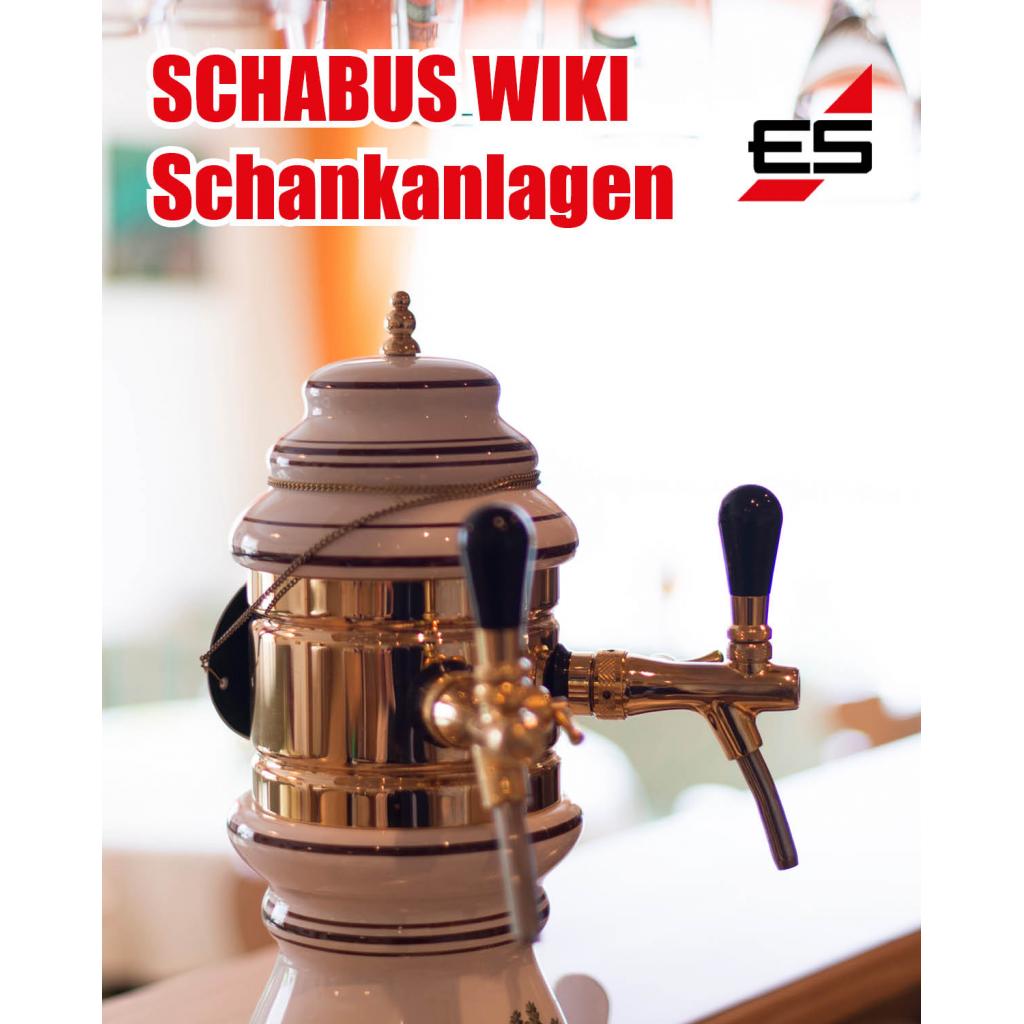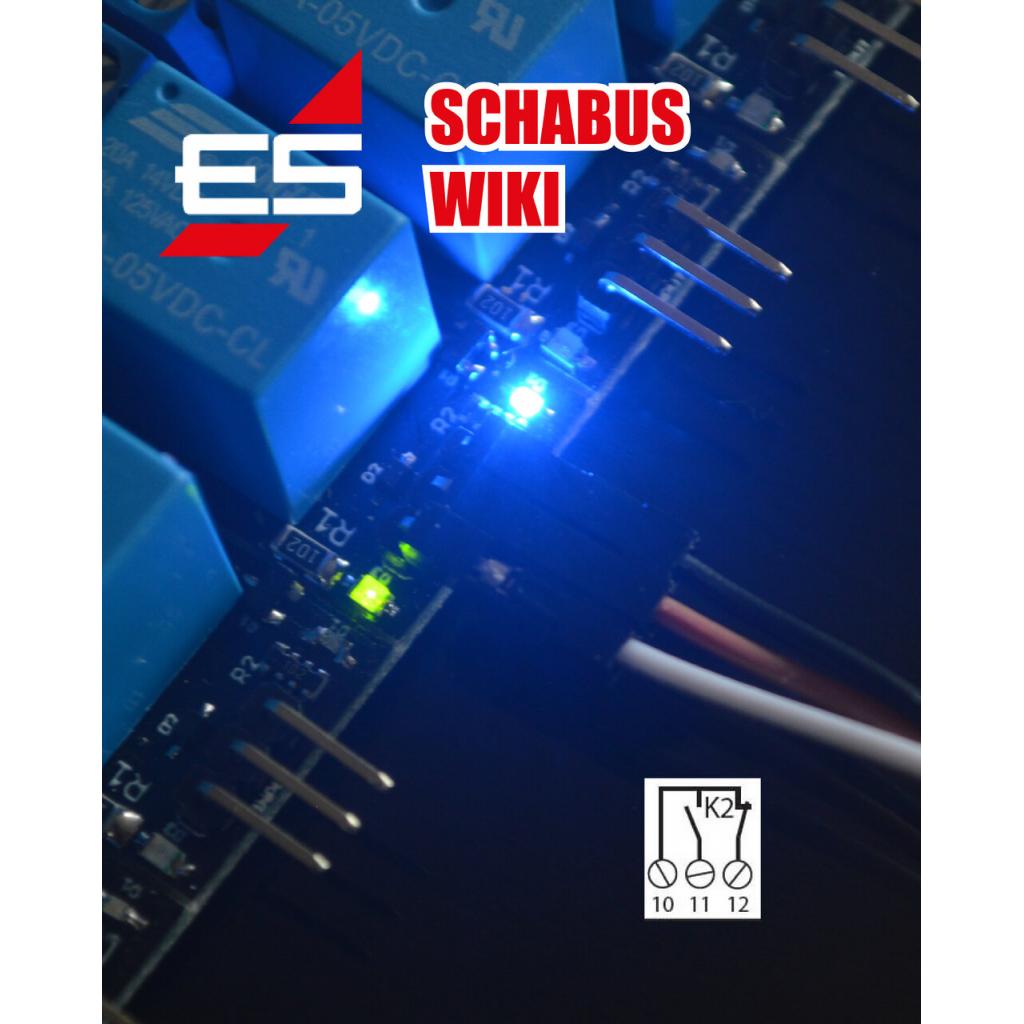Wissenswertes zum Thema Schankanlagen
Verwendung von Getränkeschankanlagen DGUV-Regel 110-007 (Auszug)
Getränkeschankanlagen sind Anlagen, aus denen, mit oder ohne Betriebsüberdruck, Getränke zum Endverbrauch ausgeschenkt werden, … z.B. Bier, Wein, weinhaltige Heißgetränke, alkoholfreie Erfrischungsgetränke, Wasser, Smoothies und Spirituosen ausgeschenkt.
Für einen ausreichenden Personenschutz sind Gaswarnanlagen nach DIN 6653-2 „Getränkeschankanlagen –Ausrüstungsteile – Teil 2: Anforderungen an das Betriebsverhalten und Prüfverfahren von Kohlenstoffdioxid-Warnan-lagen“ einzusetzen.
Gaswarnanlagen müssen mit mindestens zwei Alarmschwellen ausgerüstet sein. Der Voralarm wird bei einer Kohlenstoffdioxid-Konzentration ab
1,5 Vol.-% ausgelöst, der Hauptalarm bei 3 Vol.-% und mehr. Vor- und Haupt-alarm müssen sich optisch und akustisch voneinander unterscheiden.










